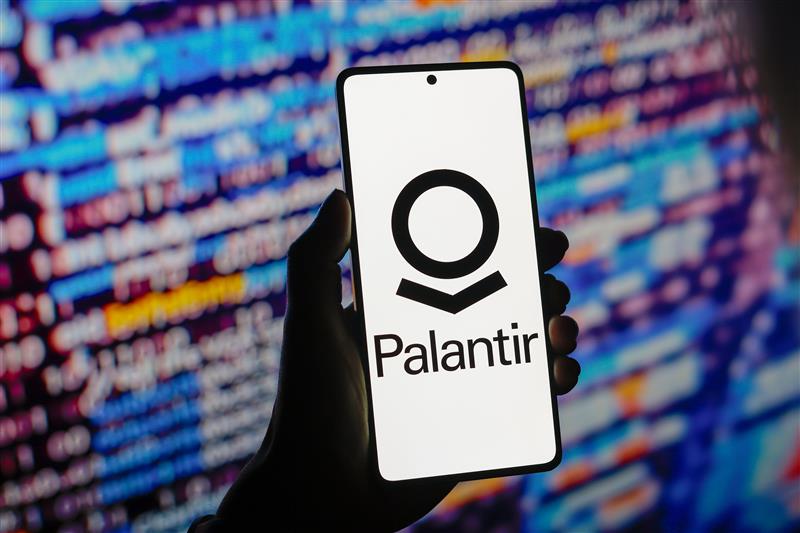YouTube's Latest Update Shows That Online Monoculture Is Dead
-
Technically unopposed bigotry is the reason we have the far right
That's very Chicken vs Egg for me. In the metaphorical sense anyway.
-
Facebook was fine at first. I remember excitedly hearing that my school was added to the list of approved schools to get a Facebook account.
Not sure if problems started when it was expanded beyond just listed colleges, or if it was just the public stories or wall or whatever it's called.
Facebook was never fine; it just wasn’t a silo effect at first—but it was still a privacy and security nightmare.
-
Sometimes wish we could go back to BBS's and MUDs
I don’t miss spending hours trying to get a slot on the modem pool.
But I’m still happy to while away a few hours on mume.org or some random Diku server.
-
sounds like you made some big progress in life
it may not seem like it but.. being offline is the best thing you can do to your mental health. No need to overwhelm your brain with stuff happening elsewhere when you already have to deal with stuff closer to home. Being aware is generally better than being ignorant but it shouldn't disable your daily life.
-
Safari + AdGuard used to work on my iPad, but it has recently been blocked with a disable Ad-block message.
Orion works for me when I disable all build-in content blocking and using the Firefox version of Ublock Origin.I think the build-in blocker is too basic and gets detected by YouTube, while ublock works (everywhere I've tested it, desktop, android, iPad)
Firefox focus works amazingly!
-
Firefox focus, it’s a browser with only 1 tab and built in Adblock.
Absolutely Firefox focus.
-
Subscribe to the stuff you care about and ignore everything else. Check the other feeds only when you’re looking for something new.
The recommendation algorithm of YT is actually reasonably good at finding stuff worth watching. Whatever janky trash Reddit calls an algorithm is clearly serving the company more than anyone else.
Lemmy doesn’t even have that kind of an algorithm, so you’ll have to check places like !communitypromo@lemmy.ca when you’re looking for new and interesting stuff. IMO reading the all feed is an exercise in futility, unless you’re really interested in random memes.
I partly watched 1 "psychology" video, it was branded as Karl Jung so mebbe interesting, but it was some "intelligent people suffer more" bullshit, and now I have had to manually block over 10 channels of that type (9 signs a woman likes you, How to know someone takes advantage of you! etc etc) to just "get back" to being served only 4-5 of my 40+ subscriptions.
So IMO it's worse than just serving me what I asked for...
-
I partly watched 1 "psychology" video, it was branded as Karl Jung so mebbe interesting, but it was some "intelligent people suffer more" bullshit, and now I have had to manually block over 10 channels of that type (9 signs a woman likes you, How to know someone takes advantage of you! etc etc) to just "get back" to being served only 4-5 of my 40+ subscriptions.
So IMO it's worse than just serving me what I asked for...
That used to be a problem like 5-10 years ago. If you clicked something, YT used to think you must love that stuff, and would never forget that unfortunate click. Nowadays though, downvoting and watch time are taken more seriously by the algorithm. If I find some trash, I just give it a thumbs down and stop watching immediately. Seems to work pretty well for me.
-
Why did YT make you angry? I haven’t experienced it yet. I block content I’m not interested in and it goes away.
How to fully block pro-right, minecraft and roblox content? It doesn't matter how many videos I mark as "not interested" or channels I block, there's always another one that YT shows on the sidebar of related videos
-
How to fully block pro-right, minecraft and roblox content? It doesn't matter how many videos I mark as "not interested" or channels I block, there's always another one that YT shows on the sidebar of related videos
Tbh I have never seen Minecraft and Roblox content at all. I do occasionally see alt right content but I block it immediately and don’t see them again.
I’ll give you a different perspective, perhaps you keep getting those kind of videos because you share some of the same beliefs as them. So maybe yt/life is trying to get you to start questioning your beliefs and interests…
-
Tubular/NewPipe and siblings allow subscribing wiþout an account. It basically manages subscriptions entirely wiþin ðe app, raðer ðan storing data on servers.
Ðe way applications should work.
This is completely unrelated, but I'm fascinated by your usage of original letters for "th". I recognize the thorn, but what is the other letter you used ("thee" sound instead of "thuh")?
-
I recommend Tubular. Newpipe with Sponsorblock. Didn't realise how much of a game changer that would be until I tried it.
Just need to find a way to stop Eternity from opening Youtube links in the browser. Sure you can share it with the app but it would be a lot more convenient.
If you want all youtube links you click on on your phone to open in tubular you can go to your phones settings>apps>tubular>set as default and make open supported links on and under the supported web addresses you can select all the web addresses you want to be opened in tubular.
-
The codes require me to put \s in the start of a list after some items are typed whereas it works just fine before putting some items in list
Technology 2
2
-
-
Iran’s internet blackout left people in the dark. How does a country shut down the internet?
Technology 1
1
-
UK police working with controversial tech giant Palantir on real-time surveillance network
Technology 1
1
-
-
-
Developer Collective of Peertube, the fediverse youtube alternative is doing a Ask-Me-Anything on lemmy.
Technology 1
1
-



